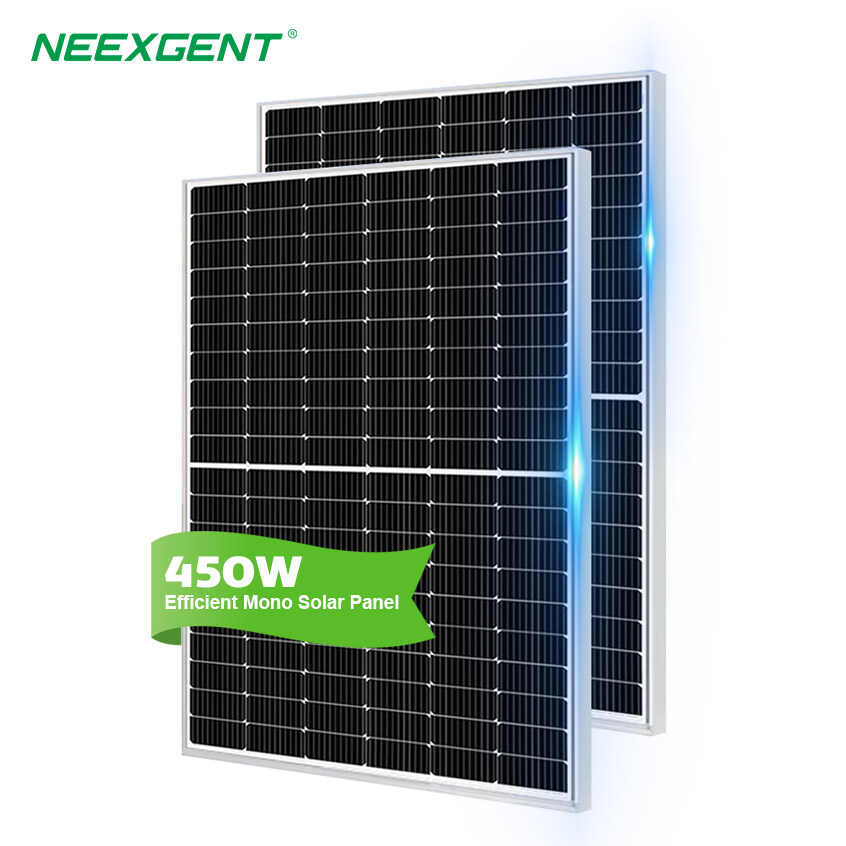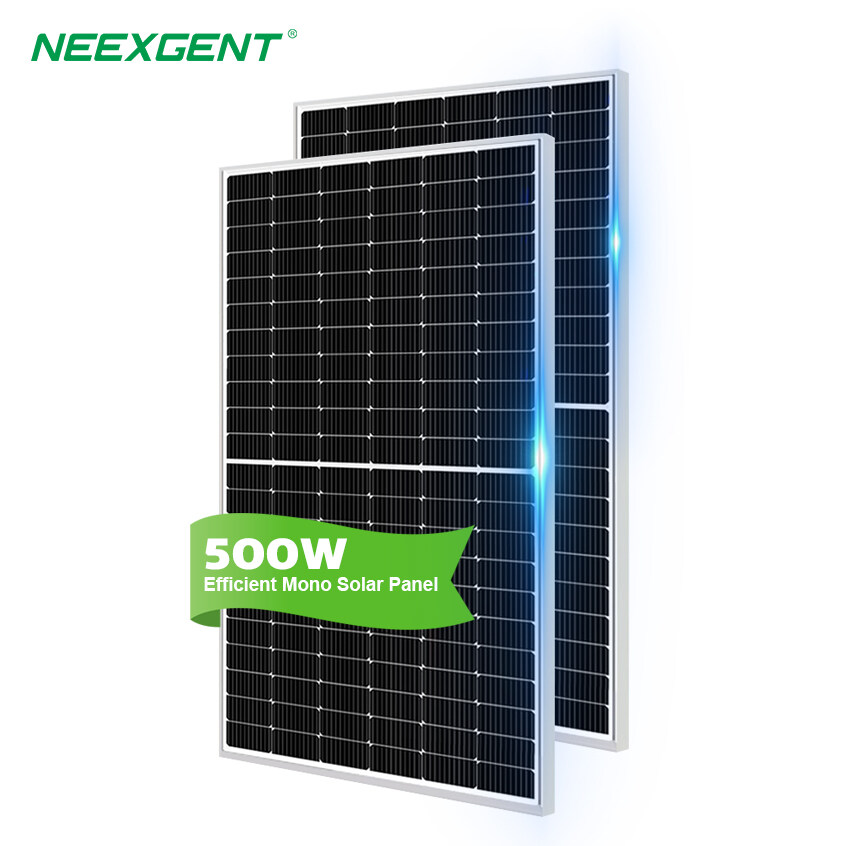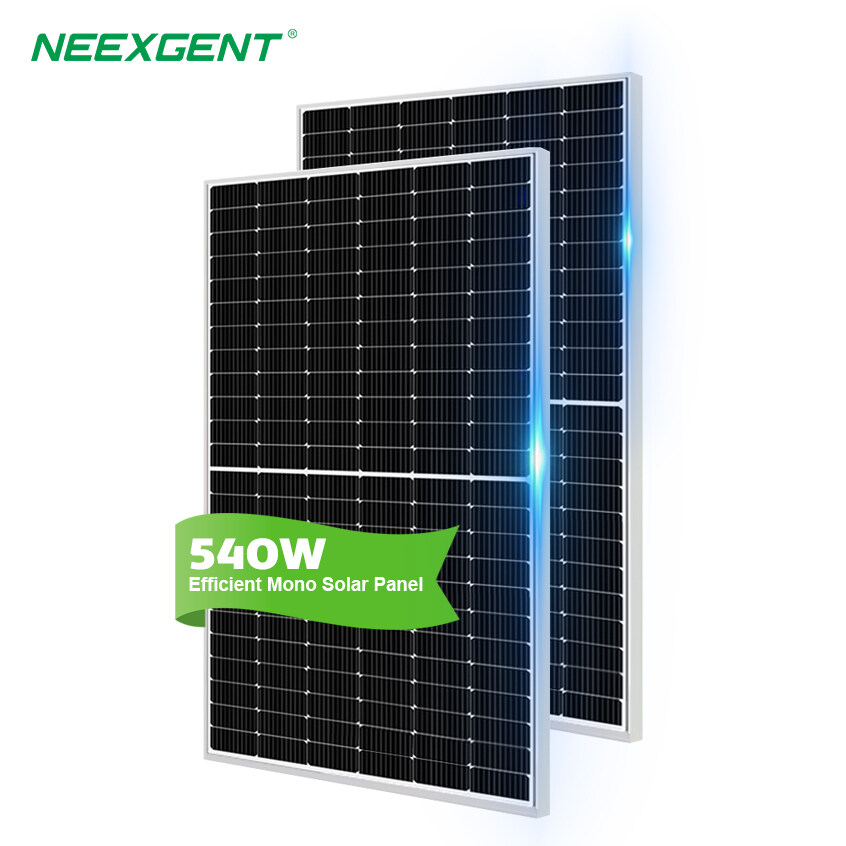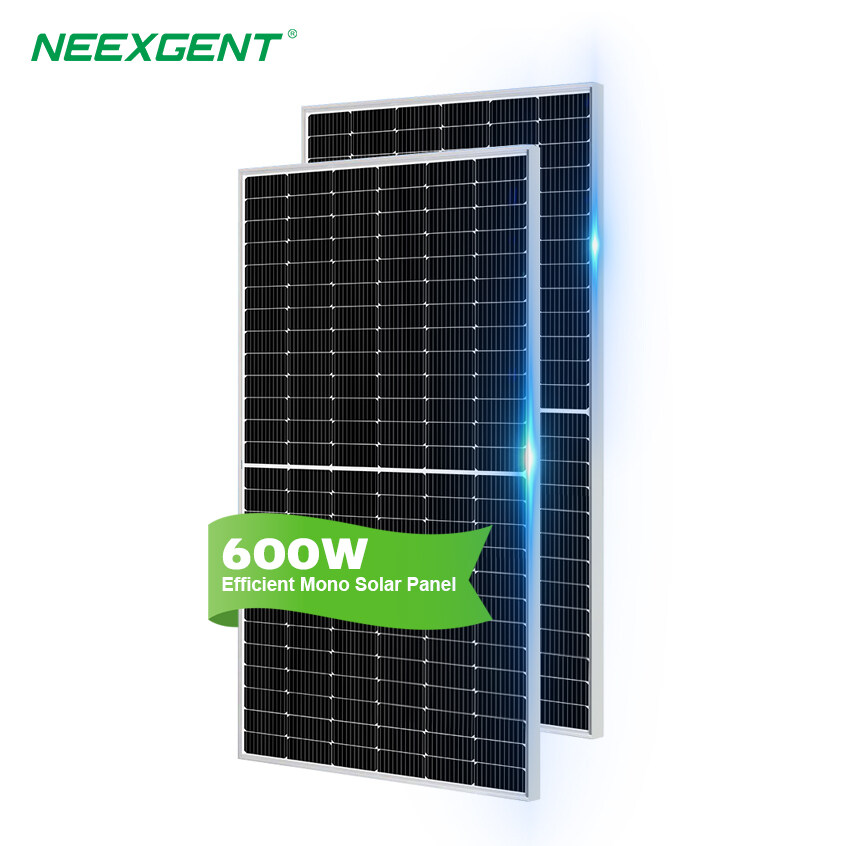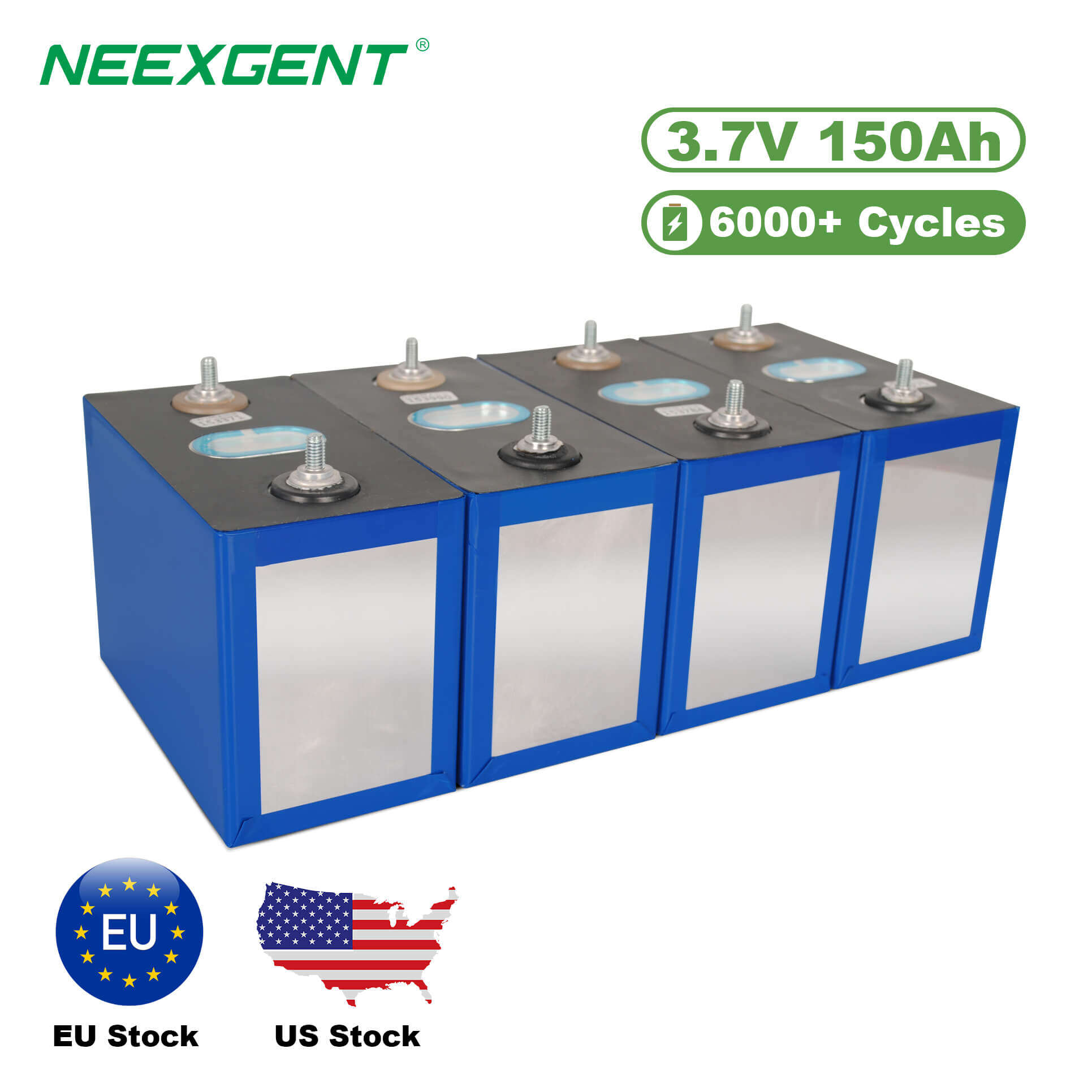Contents:
Keeping solar panels clean is one of the simplest ways to protect your investment and maximize energy yield. But “best” isn’t a one-size-fits-all recipe. It depends on your climate, roof type, water quality, safety constraints, and the kind of dirt you’re battling (dust, pollen, sea salt, soot, bird droppings, or ash). This guide lays out a professional, field-tested approach you can adapt to residential rooftops and small commercial arrays, and it also touches on utility-scale considerations.
Why cleanliness matters
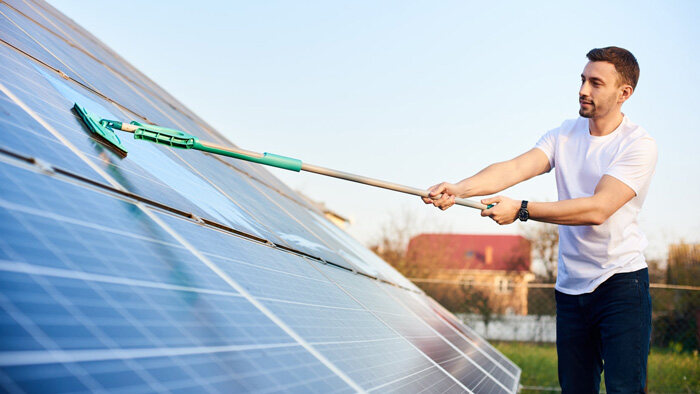
Anything that blocks light reduces current. Light soil films (pollen, haze) usually shave off a few percent; heavier deposits (construction dust, agricultural dust, bird droppings, wildfire ash) can cause double-digit losses and create hot-spots where cells operate under mismatch. Clean modules also help:
-
Preserve glass and coatings. Abrasive grit plus poor technique can micro-scratch glass or anti-reflective (AR) coatings. Proper cleaning prevents hard-baked deposits that later require aggressive scrubbing.
-
Maintain warranty coverage. Many warranties assume reasonable maintenance; visible neglect can complicate claims.
-
Improve safety. Removing slippery biofilms or moss reduces slip hazards during inspections.
See also: How Bad Is It If I Don’t Clean Solar Panels?
When should you clean?
Instead of cleaning by the calendar, use triggers:
-
Measured performance drop beyond your threshold (commonly 3–5%) after normalizing for weather. Use your monitoring platform:
-
Compare power to the system’s own clean baseline on similar irradiance days.
-
If you have irradiance data (pyranometer or satellite-derived plane-of-array), check performance ratio (PR).
-
No sensor? Do a spot-check A/B test: Clean a small subset of panels and compare their string/microinverter outputs for a day.
-
Visual inspection detects opaque spots (bird droppings, sap), caked dust, or salt crusts—clean promptly to avoid etching.
-
Event-based cleaning after dust storms, wildfire ashfall, heavy pollen bursts, nearby construction, or seasonal leaf drop.
-
Environment-based heuristics:
-
Arid/desert, near agriculture or unpaved roads: likely monthly or even biweekly in peak dust season.
-
Coastal, salt spray: quarterly, more often during windy seasons.
-
Temperate urban/suburban with occasional rain: semiannual or annual, plus event-based cleans.
Myth check: “Rain takes care of it.” Rain helps, but it often leaves mineral spots and does not remove sticky contaminants (pollen, sap, droppings). Treat rain as a rinse, not a full clean.
See also: How often do solar panels need to be cleaned?
Safety first (non-negotiable)
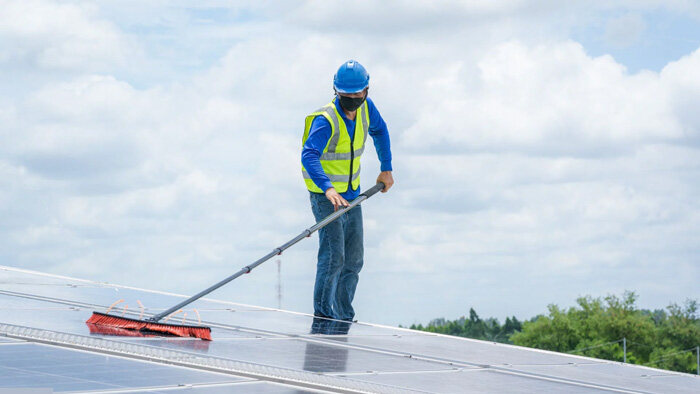
Cleaning shouldn’t compromise personal or electrical safety.
-
Fall protection: Use roof anchors, harnesses, and non-slip footwear. On steep pitches, consider professional help.
-
Electrical isolation: Follow the manufacturer’s shutdown procedure. For DC-coupled systems, open the DC disconnect; for microinverters, open the AC breaker. Never unplug connectors under load.
-
Thermal caution: Panels get hot. Clean early morning or late afternoon to avoid thermal shock (cold water on hot glass) and to reduce rapid evaporation and spotting.
-
Ladders & access: Tie off ladders, maintain three points of contact, and keep tools tethered.
-
Chemicals: Avoid anything that releases hazardous fumes or attacks sealants.
The best all-around cleaning method (for most rooftops)
Goal: Remove contaminants effectively while minimizing risk to the glass, frame sealants, electrical connectors, and you.
Materials (professional-grade but homeowner-friendly)
-
Water: Prefer deionized (DI) or demineralized water to prevent spots. If using tap water, ensure it’s soft (low TDS) and avoid cleaning in direct sun.
-
Mild detergent (optional): Neutral pH (≈7), non-abrasive, no solvents, no ammonia, no vinegar, no bleach. Use very dilute solution (e.g., ~0.5%).
-
Brush & pad: Soft-bristle or flagged-tip brush, or a microfiber pad on a water-fed pole. No scouring pads or anything rated abrasive.
-
Squeegee: With a soft rubber blade for final passes on accessible arrays.
-
Telescoping pole: To maintain safe footing and reach.
-
Buckets, hose, DI filter (inline resin), and personal protective equipment (gloves, eye protection, fall gear).
Step-by-step procedure
-
Shut down per your system’s lockout/tagout steps. Confirm zero voltage at the inverter input if trained, or at least switch off per user manual.
-
Pre-rinse gently to float off loose grit. Keep nozzle pressure low; avoid shooting water under module edges or at backsheets, junction boxes, or connectors.
-
Apply cleaning water (DI preferred). For stubborn zones, use a dilute neutral detergent on the pad/brush—never pour concentrate on the glass.
-
Agitate lightly. Let the water do the work. Use minimal pressure and long strokes. Rewet often; never scrub dry.
-
Spot treatment for droppings or sap: Soak for 2–5 minutes, then wipe gently. Repeat soak rather than increasing force.
-
Final rinse with DI water. If using tap water, finish quickly and avoid hot midday conditions to reduce spotting.
-
Optional squeegee on reachable panels to remove remaining film and accelerate drying.
-
Re-energize the system after surfaces are dry and your work area is clear.
-
Record results (date, conditions, methods) and check monitoring the next sunny day for output improvement.
What to avoid
-
Pressure washers. They can force water into connectors, compromise seals, and etch glass.
-
Abrasives & harsh chemicals. No scouring pads, no strong alkalis/acids, no petroleum solvents.
-
Metal tools. Don’t use razor blades on AR-coated glass.
-
Salty or hard water without a DI rinse; it bakes into mineral spots.
Alternatives and special cases
-
Water-fed pole with DI cartridge. The industry workhorse for larger arrays and professionals—fast, spot-free, minimal chemicals.
-
Waterless microfiber cleaning. Viable for light dust in areas with water restrictions; keep multiple static-dissipative cloths and avoid grinding grit into glass.
-
Robotic cleaners. For utility-scale or hard-to-access commercial rooftops. Nightly micro-cleans in deserts reduce adhesion and water use, but require rails, power, and maintenance.
-
Anti-soiling coatings. Hydrophobic/oleophobic layers can reduce adhesion and ease cleaning, but durability varies. Test on a few modules first and confirm warranty compatibility.
-
Snow & frost. Let snow slide off naturally; don’t chip ice. A soft, long-reach foam tool can coax loose snow, but prioritize roof safety and structural loads.
Choosing the right method: a quick comparison
| Method |
Overall Effectiveness |
Overall Risk |
Water Use |
Best For |
| Rain only |
Low–Medium (doesn’t remove sticky soils) |
Very Low |
None |
Mild climates, light soiling |
| DIY manual (bucket + soft brush + DI rinse) |
High (with pre-rinse and gentle agitation) |
Medium (roof access & handling) |
Medium |
Most homes with safe access |
| Water-fed DI pole |
High (fast, spot-free) |
Low–Medium |
Low–Medium |
Larger homes / small commercial |
| Professional service |
High |
Very Low (for owner) |
Medium |
Steep roofs, complex access |
| Waterless microfiber |
Medium (light dust only) |
Medium (avoid dry grinding grit) |
None |
Water-restricted touch-ups |
| Robotic (utility-scale) |
High with routine passes |
Low–Medium |
Low |
Large ground mounts, deserts |
| Anti-soiling coatings |
Medium (reduces build-up) |
Low (warranty-dependent) |
None |
Dusty sites between cleans |
Water quality and detergents: small choices, big difference
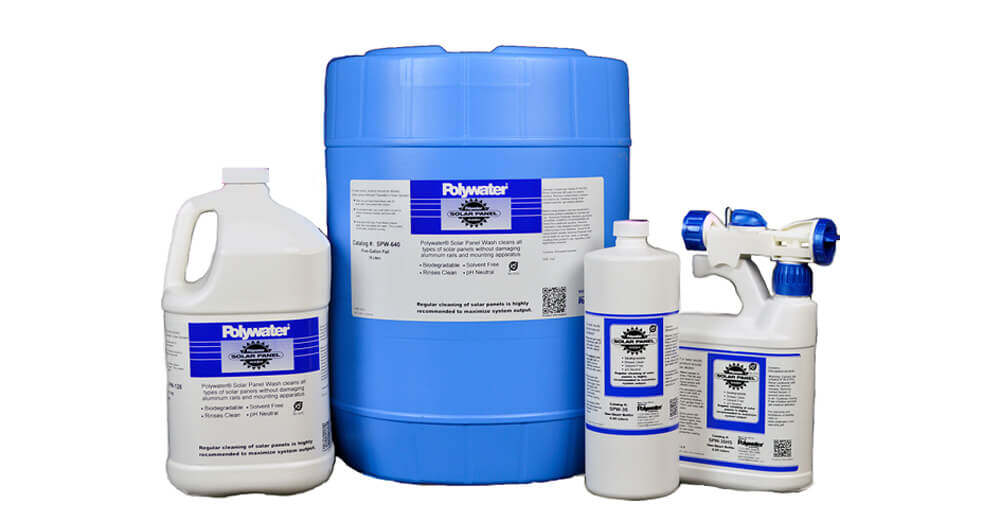
-
Deionized water leaves no mineral residue and reduces the need for detergent. If you must use tap water:
-
Clean cool panels (morning/evening).
-
Work in sections to avoid flash-drying.
-
Finish with a DI rinse where possible.
-
Detergent discipline: If a neutral, non-ionic surfactant is required, keep it very dilute and rinse thoroughly. Residual soap forms a sticky film that attracts dust.
-
Local regulations: In drought-prone regions, reclaim or minimize runoff. Never discharge contaminated water into storm drains if forbidden.
See also: Optimal Solar Panel Cleaning Solution?
Protecting AR coatings and glass
Most modern modules have AR coatings to improve transmittance. They are thin and can scratch or react with harsh chemicals. Use soft materials and neutral cleaners, avoid prolonged dwell times of any chemical, and never mix chemicals (e.g., bleach + ammonia is dangerous). If in doubt, consult the module’s datasheet or O&M manual for cleaning compatibility and prohibited substances.
Roof type and mounting considerations
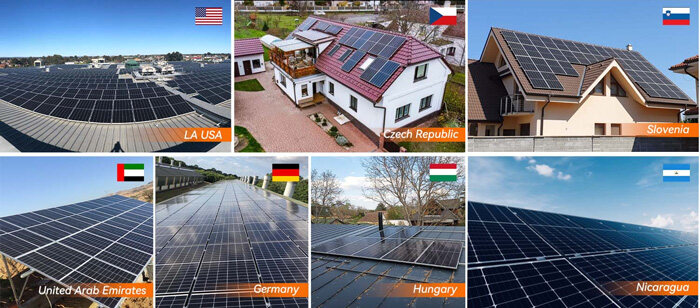
Different rooftop types with solar panels across countries — cleaning methods and safety measures may vary depending on roof material and local environment.
-
Asphalt shingle roofs: Granules can abrade. Keep hoses and tools from dragging.
-
Tile roofs: Fragile under point loads; step on lower thirds near edges, or use walk pads/roof ladders.
-
Metal roofs: Slippery when wet—treat like ice. Non-conductive poles are recommended.
-
Flat roofs (commercial): Watch for membrane punctures. Keep runoff away from drains that could carry grit into sensitive areas.
-
Bifacial/ground mounts: Don’t neglect the backside if soiling sources can reach it (e.g., dust plumes). Clean carefully to avoid damaging backsheets.
Maintenance planning and documentation
-
Create a cleaning log: Date, weather, method, water type, any detergent, areas of stubborn soil, time spent.
-
Track performance: Note PR or same-day power at a given irradiance before/after cleaning.
-
Seasonal review: Adjust frequency based on measured gains. If a spring pollen clean yields 6–8% more energy, plan it annually.
-
Coordinate with other maintenance: Combine cleaning with thermal imaging, connector checks, torque checks, and vegetation management to reduce roof trips.
Cost–benefit in plain numbers
A back-of-the-envelope calculation helps decide frequency.
-
System size: 6 kW residential
-
Annual production: 9,000 kWh
-
Average energy price/value: $0.25/kWh (retail or avoided cost)
-
Soiling loss estimate 5% (moderate dust/pollen)
Annual loss from soiling = 9,000 kWh × 0.05 = 450 kWh
Value of lost energy = 450 kWh × $0.25 = $112.50
If a professional clean costs about the same in your area, once-per-year cleaning at 5% average loss is borderline.
At 10% soiling, the loss is 900 kWh → $225, making professional cleaning clearly worthwhile. Your site’s data (and water costs) should drive the decision.
Common mistakes and how to avoid them
-
Using a pressure washer: Risks water ingress and micro-damage; use gentle flow only.
-
Cleaning at noon on hot glass: Leads to thermal shock and stubborn spots; schedule early/late.
-
Scrubbing dry grit: Always pre-rinse to float abrasive dust.
-
Harsh chemicals or vinegar: Can attack coatings and seals; stick to neutral, non-abrasive options.
-
Ignoring safety: Most injuries in solar O&M are access-related, not electrical. Use fall protection.
-
Overcleaning: Every roof trip has risk. Let performance data guide frequency.
Quick regional guidance (rules of thumb)
-
Desert/arid with agriculture or unpaved roads: Monthly in dust season; consider DI pole or robotic options.
-
Coastal with salt spray: Quarterly; salt crusts can etch if left.
-
Temperate urban/suburban with regular rain: Semiannual, plus event-based cleans.
-
Forested/rural with heavy pollen or sap: Seasonal (post-pollen) and as needed for droppings.
A simple decision flow
-
Is output down >3–5% after weather normalization or do you see heavy spots?
→ Yes: Plan a clean. → No: Recheck after next weather cycle/event.
-
Is the roof steep or access risky?
→ Yes: Hire a professional. → No: Proceed DIY with safe gear.
-
Is your tap water hard or leaving spots?
→ Yes: Use DI water or finish with a DI rinse. → No: Tap water may suffice with quick rinses in cool conditions.
-
Are deposits sticky (droppings/sap)?
→ Yes: Pre-soak 2–5 min with DI water; use a very dilute neutral detergent if needed; rinse well.
Sample cleaning schedule & log (template)
|
Date
|
Reason (Trigger)
|
Method
|
Water Type
|
Detergent?
|
Notes (Stubborn Areas, Safety)
|
Post-Clean Δ Output
|
|
2025-03-22
|
Pollen spike, −6% PR
|
DI pole + microfiber
|
DI (TDS < 50 ppm)
|
No
|
Heavy pollen at lower edges; used extra rinse
|
+6.5% next day
|
|
2025-06-15
|
Bird droppings visible
|
Spot soak + soft brush
|
Tap → DI rinse
|
0.5% neutral
|
Avoided frame seals; shaded morning
|
+3.2%
|
|
2025-09-10
|
Construction dust nearby
|
Full clean
|
DI only
|
No
|
Fine grit; gentle strokes only
|
+4.8%
|
Bottom line
The best way to clean solar panels is the gentlest effective method that fits your site:
-
Use DI water, soft tools, and neutral chemistry only when needed.
-
Clean early or late in the day, and shut down safely.
-
Let monitoring data determine how often you clean; don’t over-service.
-
Upgrade the method (DI pole, pro service, or robotics) as array size, access difficulty, and soiling severity increase.
Follow this playbook and you’ll maximize yield while minimizing risk to your modules—and to yourself.

